Tuscany
Tuscany is perhaps Italy’s most renowned region for tourists, with its famed rolling hills, rustic towns and medieval traditions drawing outsiders for centuries. But does the reality live up to the hype? To answer this question we took a quick whip around the most beautiful of the region, and discovered some beautiful little gems.
Siena and Chianti
We drove to the Tuscan hilltop town of Siena after leaving the Amalfi Coast. The easy drive is almost completely on autostrada, the excellent transnational motorway link. Fifty kilometers from Siena we turned off on to a smaller motorway, and very soon we were passing stone castles and wineries enroute to our destination. Siena is a medieval town which a few years ago was voted among Lonely Planet’s best cities in the world. Our accommodation was the delightful Palazzo Ravizza, a beautifully restored pensione on the outskirts of the old city. Just outside the claustrophobic city walls, the room was squashy but came with a stunning second-storey view of the rolling Tuscan hills and orchards. Excited about being in a completely new region of Italy, we dropped our luggage and raced outside to see the fabled city of Siena. During medieval times, Siena and nearby Florence (now the provincial capital) tried to outdo eachother with increasingly elaborate architecture and visual art.
Today, this legacy remains, with a flamboyant cultural heritage still very much alive. We pounded the pavement along quaint cobblestone streets, lined with cute trattoria and cafes, some hidden away behind crumbling facades. The tall buildings hid the sun from the streets, however we felt like the ones who were hidden; the interior of the city feels so insulated by its fortress-like walls, its like a world unto itself.
We turned down a laneway and came across the Duomo, a spectacularly elaborate pink white and green marble cathedral adorned with hundreds of statues and paintings. The wedding cake-like exterior is a source of wonder for at least the first five minutes – it’s difficult to take it all in. Almost 800 years old, the cathedral is still standing strong and attracting a steady stream of tourists. Inside, the dark cavernous walls arch skywards and over sculptures by Donatello among other artists.
Although it is a major tourist attraction (entry is 4 Euros), the Siena Duomo is still a functioning religious facility, and the locals continue pouring through the doors to pay their respects. Back towards the main street, and we continued further into Siena on the beautiful thoroughfare until we reached the centre of town, Siena’s UNESCO-listed Piazza Il Campo. Dwarfed by a giant clock tower, the Il Campo is a popular place year-round with locals and visitors alike who come here to eat, drink, socialize and simply watch the world go by. Each year in July and August, Siena comes alive with the Palio, a frantic 90-second horse race which draws spectators in from around the region and the world.
The next day we are a hearty breakfast in the beautifully decorated dining hall at our accommodation, along with most of Italy’s grey-haired tourism market. We then got some directions from the lovely receptionist at the palazzo before setting off to explore the region of Chianti, north of Siena. As we left the highway at Castelnuovo Berardenga on route SP484, and we began climbing over the fertile green hills for which Tuscany is known. Cypress trees dotted the hillsides, barely concealing the gorgeous mansions and farms. The mélange of terracotta tiles of the roofs, the
sand-yellow walls, the pastel green paddocks and the deep green trees created scene which could have been a painting – you’ve heard all about the beauty of Tuscany, and it’s all true. In fact, we kept commenting to each other about how naturally beautiful it all appears, in sharp contrast to the faux-Tuscan style popularised in Western nations in the late 1990s. Chitani is famous for its wine production, but even if you don’t drink the scenery and delectable local produce is enough to entertain you for a day, two or even more. We drove through picturesque towns such as Villa A Sesta and Madonna a Brolio, each with their own sweet characteristics such as a hilltop castle, dilapidated chapel or winery cellar door. Soon we pulled into Radda in Chianti, a popular town draped over a small mountain commanding views over the surrounding valleys. The town climbs up towards a belltower at its apex. Here we had a perfect lunch made from local produce at the relaxed Al Chiasso dei Portici restaurant, just down from the belltower. The apple, chicken and walnut salad is highly recommended!
That afternoon we wound our way back towards Siena on another pretty route, the SP408, but it was back in Siena that our biggest surprise awaited. Although we got lost in the car coming back into the town centre, we weren’t too late to experience a demonstration parade by a local region in honour of St Catherine. On our way back from the Il Campo for dinner, we happened across some locals in bright green and purple costumes practicing on drums. We decided to hang around and see what was about to happen, and very soon more and more locals amassed around the same street corner. After a bit of organizing one especially outlandishly attired man moved to the front of the pack, and began leading the march through downtown Siena. Behind him followed the costumed locals drumming and waving flags, men of all ages, including children. Then, as if from thin air, a marching band joined the crowd, before finally being tailed by what seemed like half the town’s population singing in chorus. Once they were working their way along the narrow city streets the melee of tourists followed them to see where they were headed. Local residents hung out of their windows overlooking the street, cheering on the marchers and joining in the festive spirit. By the time we reached Il Campo, the group had moved ahead, touring the rest of the city in honour of their locality and their saint. The city was brought alive, and it was the perfect sendoff for us from the beautiful town city of Siena.
Florence
The next day we drove through lush forested hills and more rolling paddocks towards Florence, the capital of Tuscany, a city of about 370,000. While Florence no doubt has the name to precede it, nothing could quite compare with our magical experience in Siena. In Florence we walked the streets and wandered around the famous Duomo, it’s reverberant interior and its heavenly paintings. We strolled down through the shopping district towards the Piazza della Signoria, Florence’s municipal square dominated by the traditional city palace, and we ended up at the Ponte Vecchio, Florence’s famous jewellery-store lined bridge. If you are in Florence, also don’t forget to see the beautiful view from the Piazzale Michelangelo, the hilltop car park which provides the trademark view over the city’s rooftops. However nothing could quite live up to our extraordinary Siena experience – we had simply been spoiled by the colour and spectacle of the beautiful city.
Perhaps what we remember most fondly from Florence is the very, very warm welcome we received at the Residenza Johanna I, the guesthouse in which we stayed. Despite the dark, secluded entrance, the inside is just like a regular house, and we were constantly advised by the friendly staff to make ourselves “at home”. From the cakes and coffee left out for everyone to share, to the music played through the afternoon, and the cute balcony in our room, we left with nothing but praise for our accommodation – in fact we would gladly return for the Residenza Johanna I alone!
Pisa
Leaving Tuscany, we took the Florence – Pisa highway and stopped in at the famous leaning tower. The Leaning Tower of Pisa is found in a large public square known as Piazza dei Miracoli, or the Square of Miracles. I wondered whether it was named because it’s a miracle that the tower hasn’t fallen over – it’s been leaning off-centre for more than
800 years. However it appears that the real miracle at the square is reserved for those who can figure out its ticket pricing system. As this is both a blog and a practical travel advice site, I will attempt to explain the complicated fee structure for the Piazza dei Miracoli;
In short, entrance to the square is absolutely free – so if you only want to walk around and photograph the exterior of the buildings (including the leaning tower), there’s no need to pay a cent. If, however, you want to enter anything else, then you must buy a ticket;
- Tickets are available for the baptistery, the cemetery, and two museums. The ticket costs 5 Euros per person and comes with one coupon – you decide which attraction to use the coupon in. If you want to visit more than one attraction within the square, then additional coupons can be added to the ticket for 1 or 2 Euros a piece.
- Entrance to climb the Leaning Tower is a separate ticket, and that costs 18 Euros alone. Only around 30 people can enter at a time, and to ensure that this occurs you must book an entrance time. You can arrive on the day and reserve a time, but bear in mind that this is one of Italy’s biggest drawcards – waits of several hours are not unheard of, especially in peak summer season. We were lucky and only had to wait 45 minutes. Otherwise, you can book online at this website, but you can only do this in a window of 20 days to 12 days before your visit. All bags must be checked-in before climbing the tower, and no-one under the age of 8 is admitted for safety reasons.
- The Cathedral is free to enter, however for crowd control purposes you still require a ticket. You can go to the ticket office on the day and pick up your free coupon for this. If you are holding a ticket to visit anything else on the site, you can use that to enter the cathedral at no extra charge.
- If you are driving, there is a parking station to the north west of the square – count on around 5 Euros an hour to park. DO NOT drive into the old, walled part of the city (including the road running alongside the Piazza dei Miracoli) unless you have permission from a local hotel/hostel. This is a traffic restricted zone, and you can – and most likely will – incur an expensive fine.
Entering the tower, we could immediately feel the weight of its lean – you actually have to right yourself as you step into the ground-floor foyer. As part of the controlled entrance procedure you listen to a 5-minute talk by a site employee about the history and safety instructions for the tower. With that over, you are free to climb the 300-plus steps to the top, all the time wary of the tilting walls which slightly impact your perception of the spiraling staircase! The view from the top is worth the climb, and the entire experience is easily worth all 18 Euros – it’s a steep price, but a once-in-a-lifetime experience.
Leaving Pisa, we set out towards our next destination in southern France, but not before getting lost in Genoa, the Italian port city which invented the basil and nut sauce we know as pesto. Pesto is probably my favourite pasta sauce (at the moment), so there was no way we could bypass the city without stopping for a late lunch – and I savoured every bite!
When to go
Summer in Europe rocks, and spring or autumn wouldn’t be too bad either.
Essential Stats
Culture shock: 7/10
Language difficulty: 4/10
Quality of food: 9/10
Cost: 8/10
Physical demand: 2/10
Advice and warnings
Parts of Italy have a problem with theft, particularly pickpocketing from tourists during busy seasons. Keep a close eye on all your valuables. Some cities impose a bed tax on certain categories of hotel rooms – check with your accommodation when booking.
Check Smart Traveller or the British Foreign Office for more comprehensive warnings.
Visas
Most Australians may enter Italy without the need for a visa, but Pakistanis and Indians must apply for a Schengen visa, which grants entry to several European countries which are part of the Schengen agreement. Pakistanis must pay PKR 7740 – the process takes around one month. Applications in India cost around INR 4325, and take less than 15 business days to process. Apply through your nearest Italian diplomatic mission (Islamabad, Mumbai).
Getting there and around
From Melbourne, Lahore, Sydney and Chennai, Emirates flies to Rome via Dubai.
Melbourne from $1980 return
Lahore from PKR 101,790 return
Sydney from $1998 return
Chennai from INR 55,578 return
From Rome, one can either hire a car and drive to Florence (around two hours), or jump on a train for an hour and a half. Tickets start from US$13 and can be booked through ItaliaRail.
Accommodation
Budget options can be booked through Hostelworld, while midrange options are available through websites such as Expedia. We stayed at the homely Palazzo Ravizza in Siena, and the ultra-hospitable Residenza Johanna I in Florence.

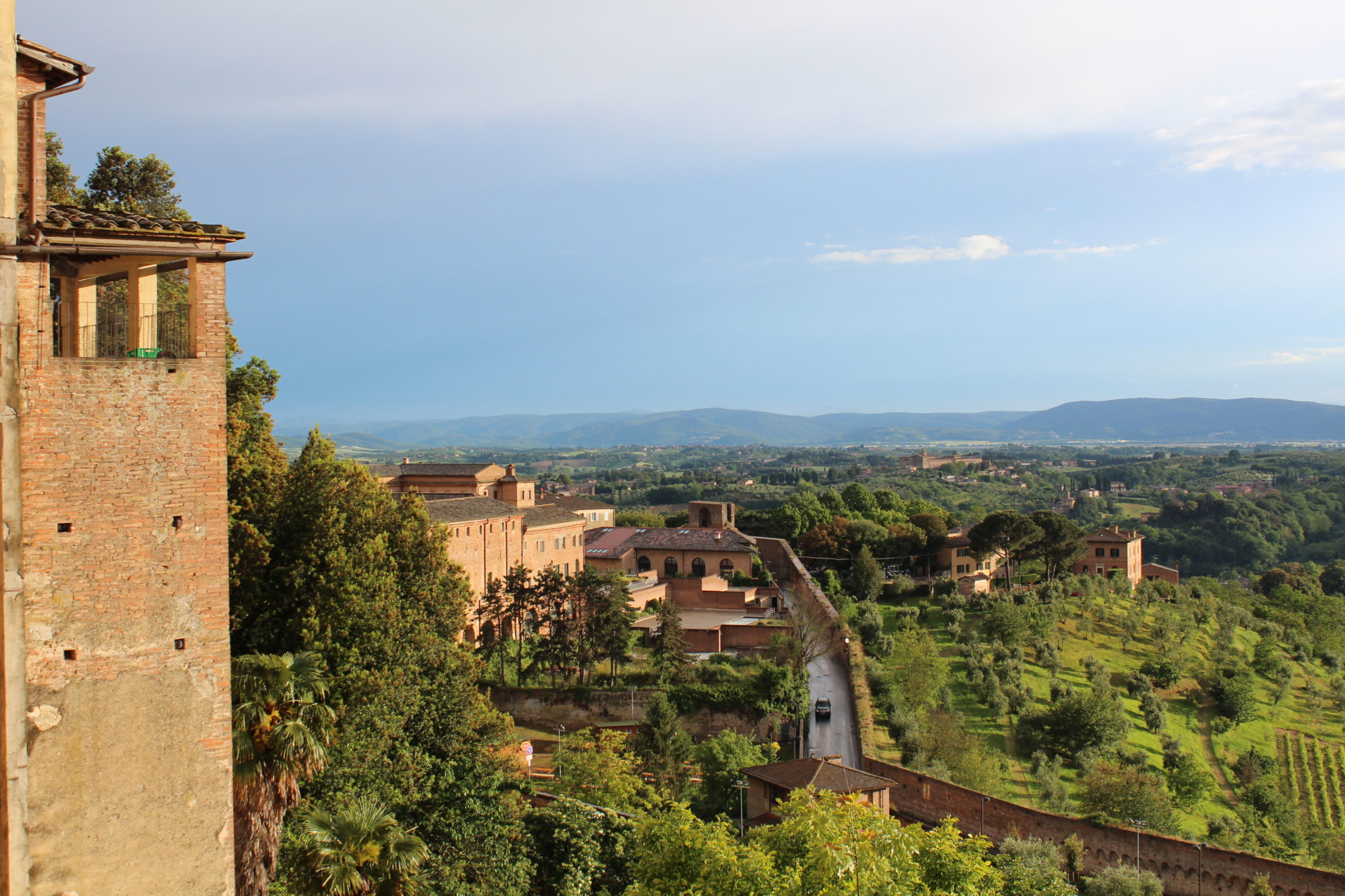
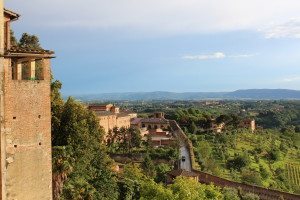
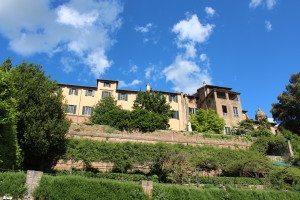
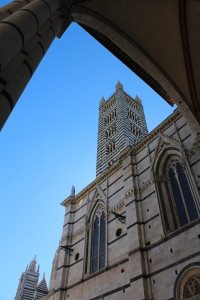
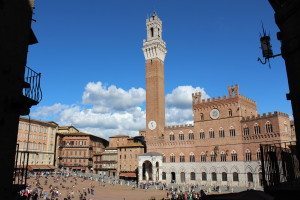
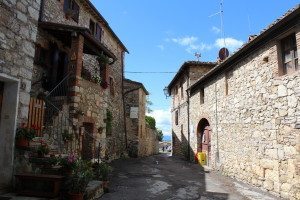
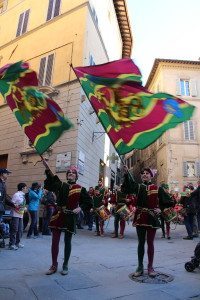
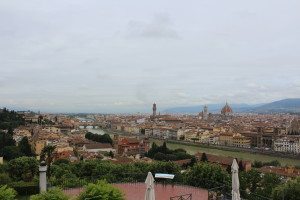
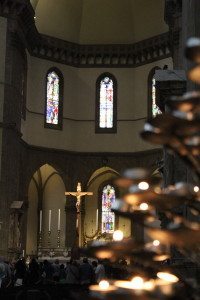
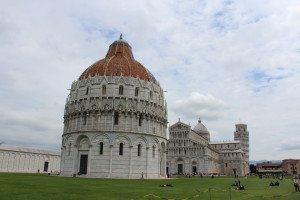
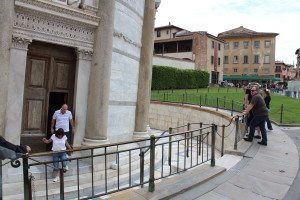
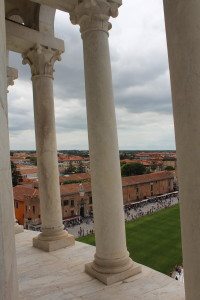



Have just discovered your travels on your website. Wow!!! Cannot wait to get home from work to start reading from day 1. Sounds wonderful. Keep enjoying the latest trip for T & A.
Thanks mum! Enjoy!
Wow! Italy is on top of my bucket-list, and Tuscany is one region that truly fascinates me. Loved the way you have described its essence.
Thanks for reading – Tuscany definitely deserves to be at the top of your list! 😀